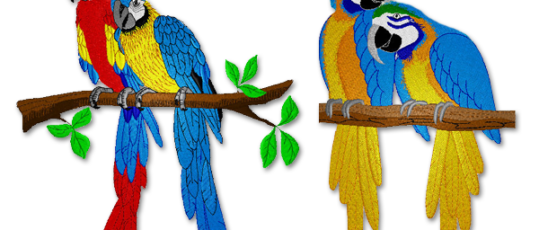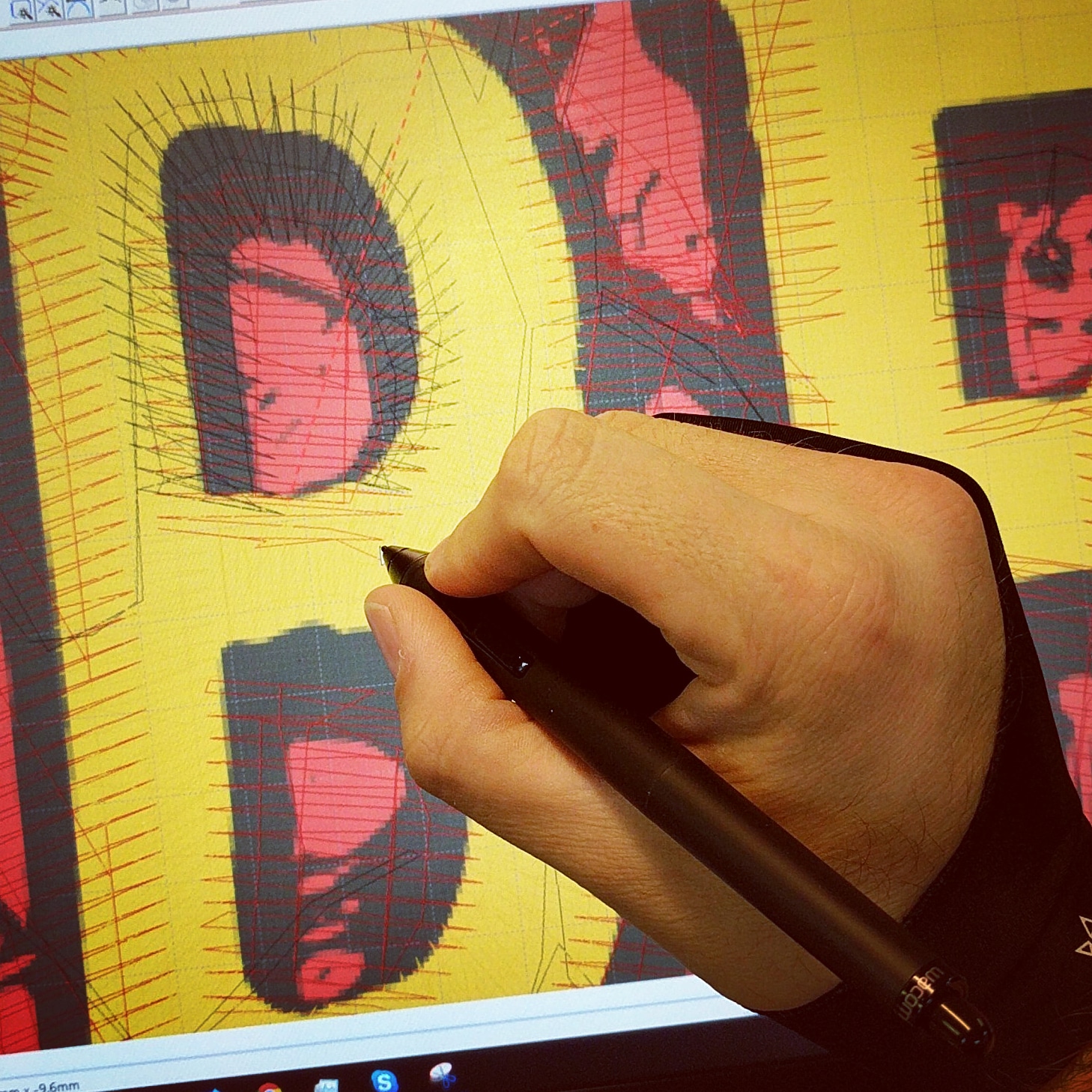Understanding the Needlework Digitizing Refine: Your Ultimate Overview
Embroidery digitizing is a careful craft that needs precision and proficiency to translate elaborate styles into electronic formats for maker needlework. As artisans begin on this trip to grasp the embroidery digitizing procedure, a detailed understanding of the fundamentals sets the structure for quality. Past the simple knowledge exists a realm of innovative software, specialized devices, and nuanced strategies waiting to be discovered. By diving into the subtleties of digitizing, one can unlock a globe of innovative possibilities and boost their needlework tasks to new heights.

Comprehending Needlework Digitizing Essentials
Needlework digitizing fundamentals form the structure whereupon complex designs are converted right into machine-readable layouts for specific sewing. This initial action in the needlework digitizing process is essential for guaranteeing that the final embroidered product is a loyal representation of the original style. Comprehending needlework digitizing essentials involves comprehending key principles such as stitch types, stitch instructions, thickness, underlay, and pull payment.
Sew kinds play an essential role in figuring out the visual and textural end result of the stitched layout. By selecting the suitable stitch type, whether it be satin, fill, or running stitch, digitizers can attain the desired effect and improve the overall high quality of the needlework. In addition, sew direction influences the circulation and dimension of the design, while density determines the spacing and protection of the stitches.
Furthermore, rug stitching provides security to the layout by securing the material and preventing distortion throughout the embroidery procedure. Draw payment is another essential factor to consider to counteract the all-natural tendency of textile to contract when stitched. Understanding these embroidery digitizing basics is essential for creating professional-quality stitched products.
Choosing the Right Digitizing Software Application
Picking the suitable digitizing software application is a vital choice that significantly affects the efficiency and high quality of the needlework digitizing procedure. Digitizing for Embroidery. When choosing the ideal digitizing software program, it is vital to take into consideration elements such as the intricacy of layouts you plan to produce, the user-friendliness of the software program, the degree of customer assistance supplied, and the compatibility with your embroidery device
There are numerous digitizing software choices available in the marketplace, ranging from fundamental programs for beginners to sophisticated software program for expert digitizers. Some popular options consist of Wilcom EmbroideryStudio, Hatch Embroidery Software Application, and PulseID. These software bundles supply a broad array of tools and features to assist you develop intricate styles effortlessly.
Prior to deciding, it is a good idea to discover the various software options with cost-free trials or demos to establish which one finest matches your needs. Additionally, reading evaluations and looking for referrals from seasoned digitizers can provide valuable insights into the staminas and weak points of each software application plan (Digitizing for Embroidery). By very carefully examining your requirements and comparing the features of various digitizing look at these guys software, you can make an informed choice that enhances your needlework digitizing operations
Digitizing Devices and Strategies

Optimizing Layout Setup for Needlework
Grasping the intricacies of layout settings is basic in accomplishing optimal outcomes in the embroidery digitizing procedure, building upon the foundation laid by recognizing digitizing tools and techniques. When maximizing layout settings for needlework, it is crucial to take into consideration elements such as stitch kind, density, padding, pull settlement, and registration. Enrollment settings straighten different components of the style accurately, preserving total style honesty.

Troubleshooting Common Digitizing Issues
When experiencing usual digitizing problems throughout the needlework procedure, it is necessary to understand the origin causes and apply effective remedies promptly. One common issue is stitch thickness issues, where stitches might be also dense, creating the fabric to tighten, or also sparse, bring about gaps in the style. Adjusting the stitch thickness setups in the digitizing software can aid fix this concern.
One more additional hints constant challenge is string breaks throughout the embroidery procedure. This can take place due to different reasons such as wrong stress settings, plain needles, or utilizing low-grade thread. Making sure correct maintenance of the embroidery equipment, including routine needle adjustments and tension modifications, can decrease the occurrence of string breaks.
Moreover, design enrollment mistakes can result in misaligned aspects within the embroidery style. Examining the layout alignment in the digitizing software application and making essential adjustments before stitching can assist in preventing this problem. By attending to these usual digitizing issues quickly and efficiently, you can make certain a smoother needlework procedure and high-quality finished products.
Final Thought
Finally, mastering the embroidery digitizing process requires a solid understanding of the basics, the best option of software application, and understanding of tools and methods. Enhancing design settings and fixing typical digitizing issues are important action in ensuring premium embroidery results. By following these actions vigilantly, one can achieve accuracy and performance in the digitizing procedure.